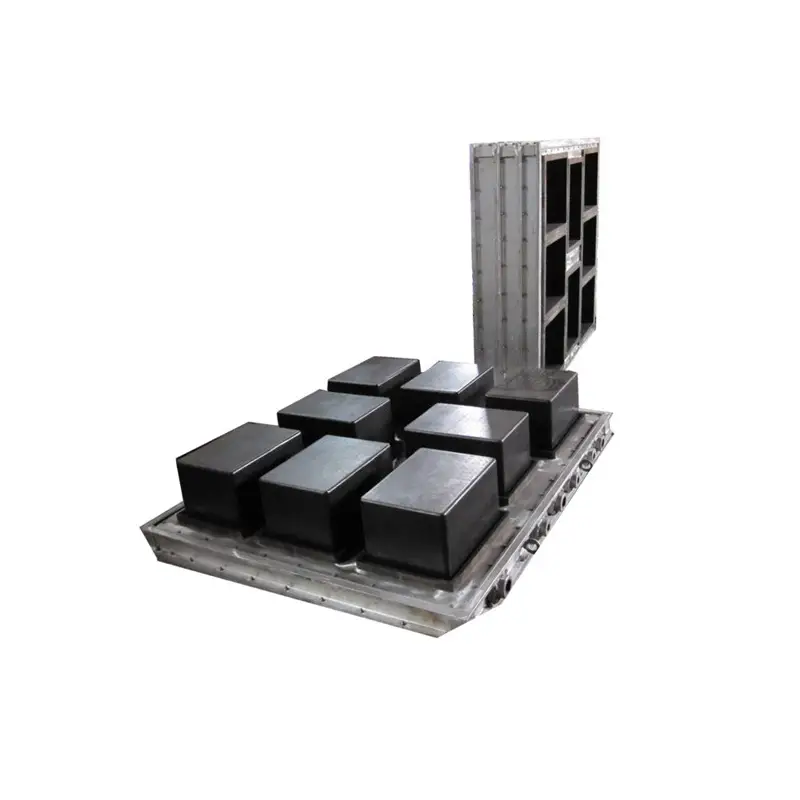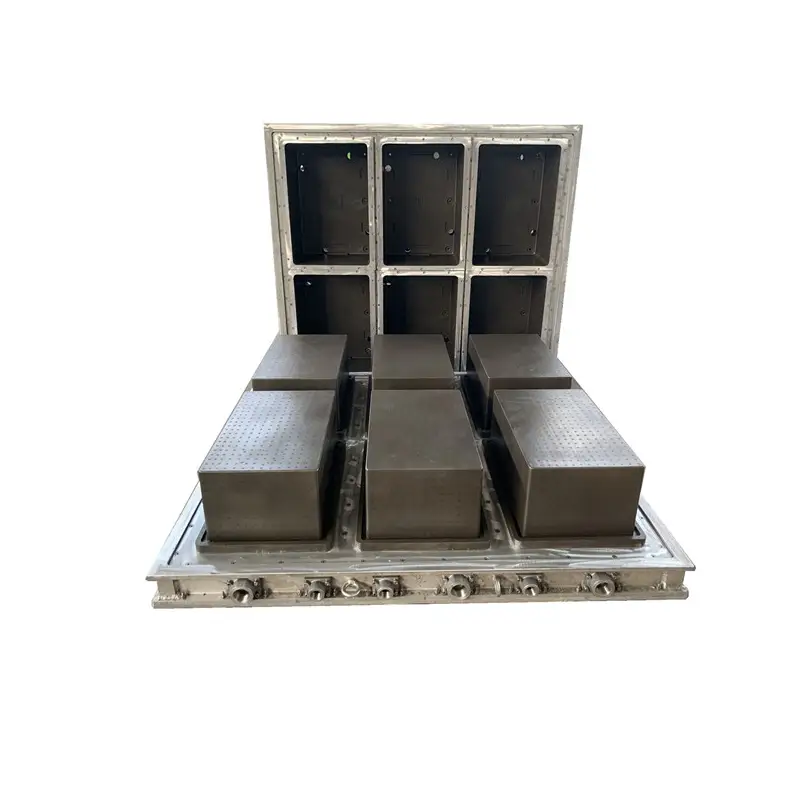
EPS Mold: Your One-Stop Custom EPS Mold Solutions
An EPS mold is a specialized tool used to shape expanded polystyrene (EPS) beads into a desired form. Through a process involving heat, pressure, and cooling, these molds create a wide range of products, from packaging to insulation panels and even intricate components for larger structures.
Our EPS Mold
Product Customization
- Tailored Shapes: Create products with precise dimensions and intricate designs.
- Versatility: Adapt to diverse product requirements without compromising quality.
Efficiency and Productivity
- Mass Production: Produce identical products rapidly and consistently.
- Reduced Waste: Minimize material loss through precise molding.
- Faster Turnaround: Streamline production processes and shorten lead times.
Cost-Effectiveness
- Material Optimization: Use EPS efficiently, reducing material costs.
- Lower Labor Costs: Automate the molding process for increased efficiency.
- Long-Term Savings: Durable molds provide consistent performance over time.
Various EPS Molds
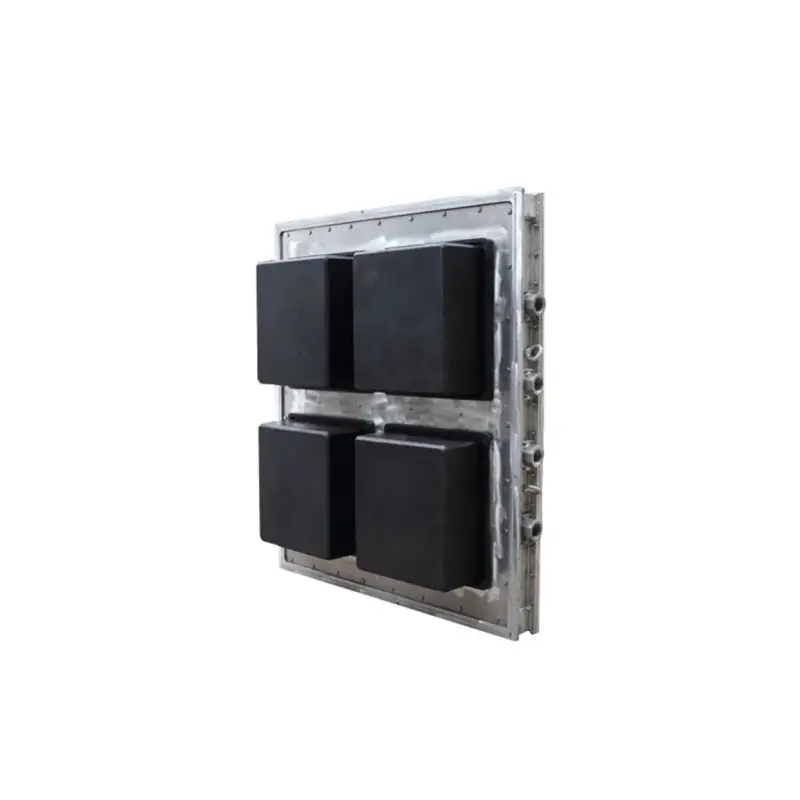
Designed to create fish boxes with specific dimensions and features like drainage holes and lid compartments. These molds ensure consistent product quality and optimize storage space.
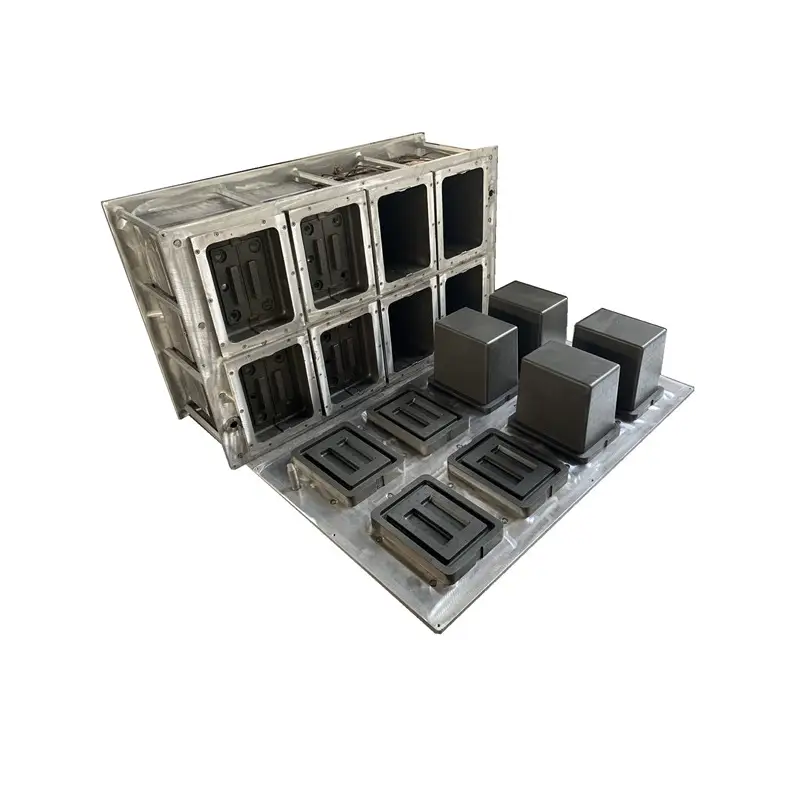
EPS Ice Mold
Used to produce ice in various shapes and sizes, EPS ice molds are commonly employed in commercial ice production. The mold design can incorporate different cavity shapes, such as cubes, spheres, or blocks. The material’s insulation properties help maintain ice quality for extended periods.
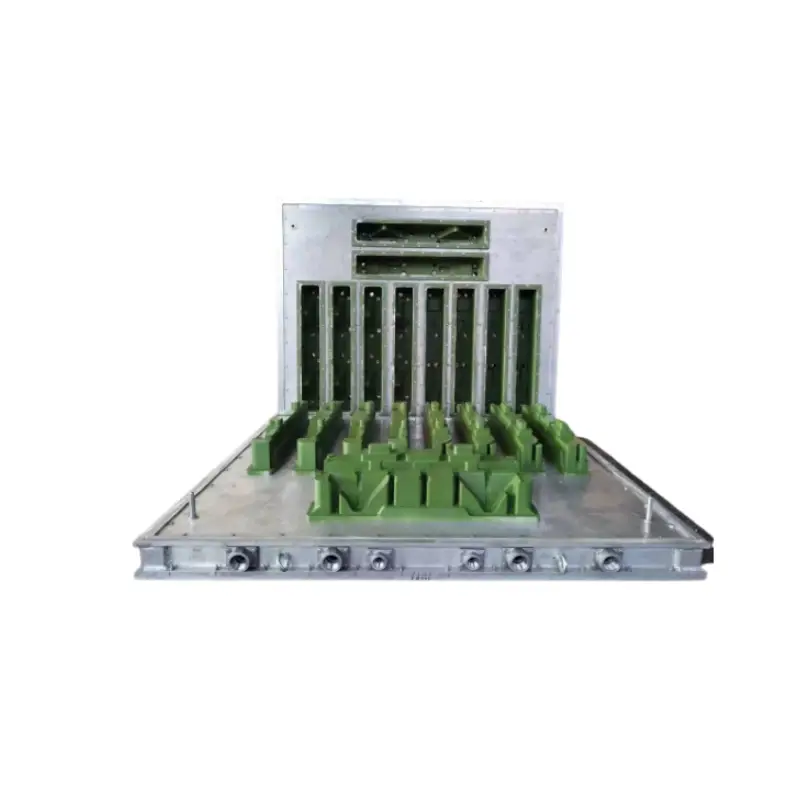
EPS Packaging Mold
EPS packaging molds are highly versatile and used to create custom packaging solutions for a wide range of products. These molds can be designed to protect fragile items, provide shock absorption, and optimize product presentation. They often feature interlocking designs for secure stacking.
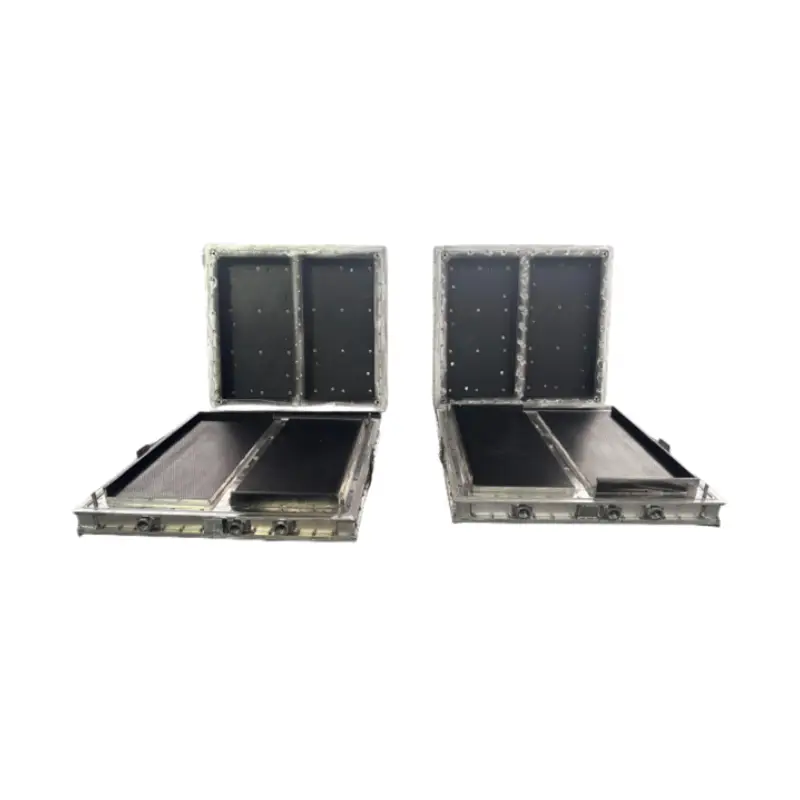
EPS Insulation Panel Mold
EPS insulation panel molds are used to produce panels for building insulation. These molds create panels with precise dimensions and interlocking edges for efficient installation. The mold design often incorporates features like tongue-and-groove profiles for improved insulation performance.
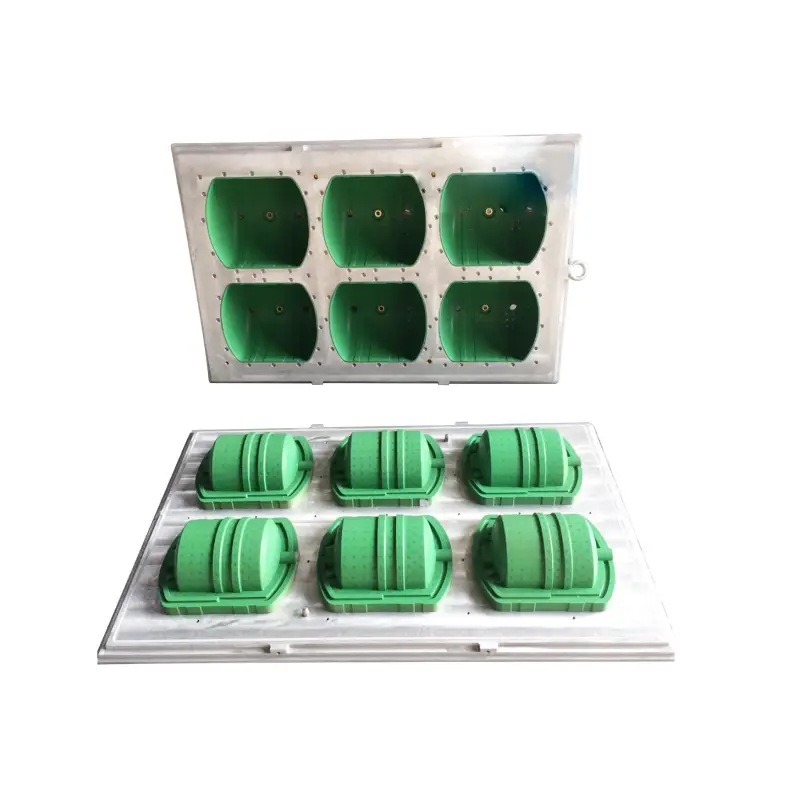
EPS Fruit Foam Mold
Designed for transporting and storing fresh seafood, EPS fish box molds incorporate drainage holes, lid compartments, and insulation. Customization options include size, shape, and additional features like ice compartments.

EPS Cooler Mold
Producing coolers in various sizes and shapes, these molds incorporate handles, latches, and insulation compartments. Customization options include cooler capacity and additional features.
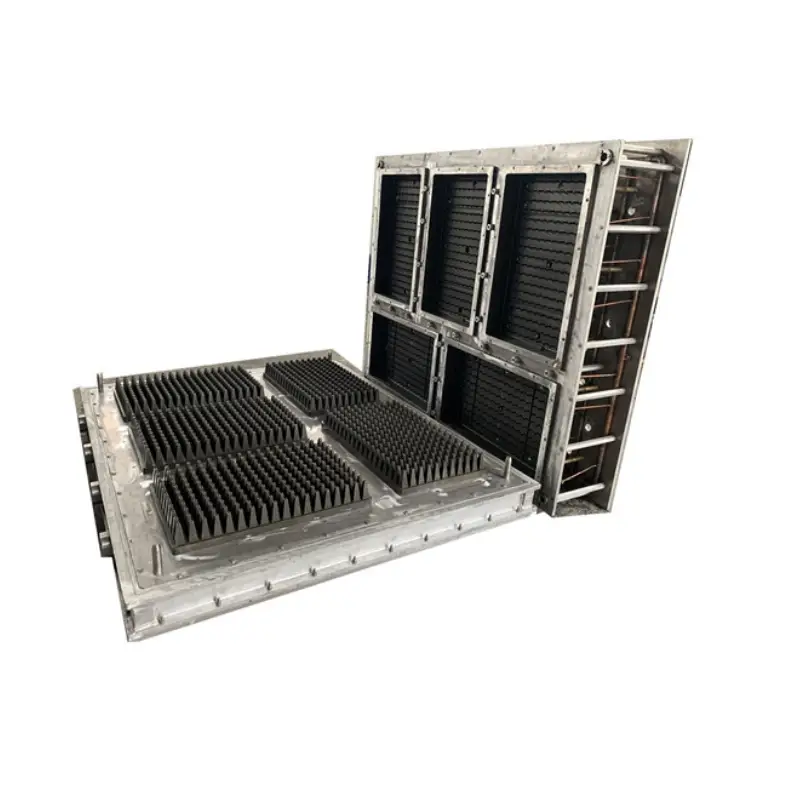
EPS Seed Tray Mold
An EPS seed tray mold is a specialized tool used to create the plastic trays with individual compartments that are commonly used for starting seeds indoors. Made from expanded polystyrene (EPS), these trays provide a lightweight, durable, and insulating environment for seedling growth.
FAQs about EPS Mold
What is EPS Mold?
An EPS mold is a specialized tool used to shape expanded polystyrene (EPS) beads into various products. It’s essentially a container that gives the molten EPS its final form.
how does EPS mold work?
An EPS mold is a specialized tool used to shape expanded polystyrene (EPS) beads into various products. It’s essentially a container that gives the molten EPS its final form.
How to mould EPS?
Molding EPS is a complex process requiring specialized equipment and expertise.
Here’s a simplified overview:
1. Mold Preparation
- Design: Create a detailed mold design based on the desired product.
- Mold Construction: Build the mold using materials like aluminum or steel, ensuring precision and durability.
- Mold Assembly: Prepare the mold for the molding process, including closing mechanisms and cooling systems.
2. EPS Bead Preparation
- Pre-expansion: Expand polystyrene beads to a specific size.
- Drying: Remove moisture from the beads.
3. Mold Filling
- Bead Injection: Fill the mold cavity with pre-expanded EPS beads.
4. Molding Process
- Heating: Apply heat to the mold, causing the EPS beads to expand and fuse together.
- Pressurization: Apply pressure to the mold to compress the EPS and achieve desired density.
- Cooling: Cool the mold to solidify the EPS foam.
5. Demolding
- Opening: Carefully open the mold.
- Removal: Extract the molded product.
- Trimming: Remove any excess material.
Additional Considerations:
- Molding Equipment: Industrial-grade machines are required for efficient and consistent molding.
- Temperature and Pressure Control: Precise control is essential for optimal results.
- Mold Material: The choice of mold material affects product quality and mold lifespan.
- EPS Bead Quality: Consistent bead size and density are crucial for uniform results.
It’s important to note that this is a simplified explanation. The actual process involves intricate machinery, precise temperature and pressure control, and specialized knowledge.

